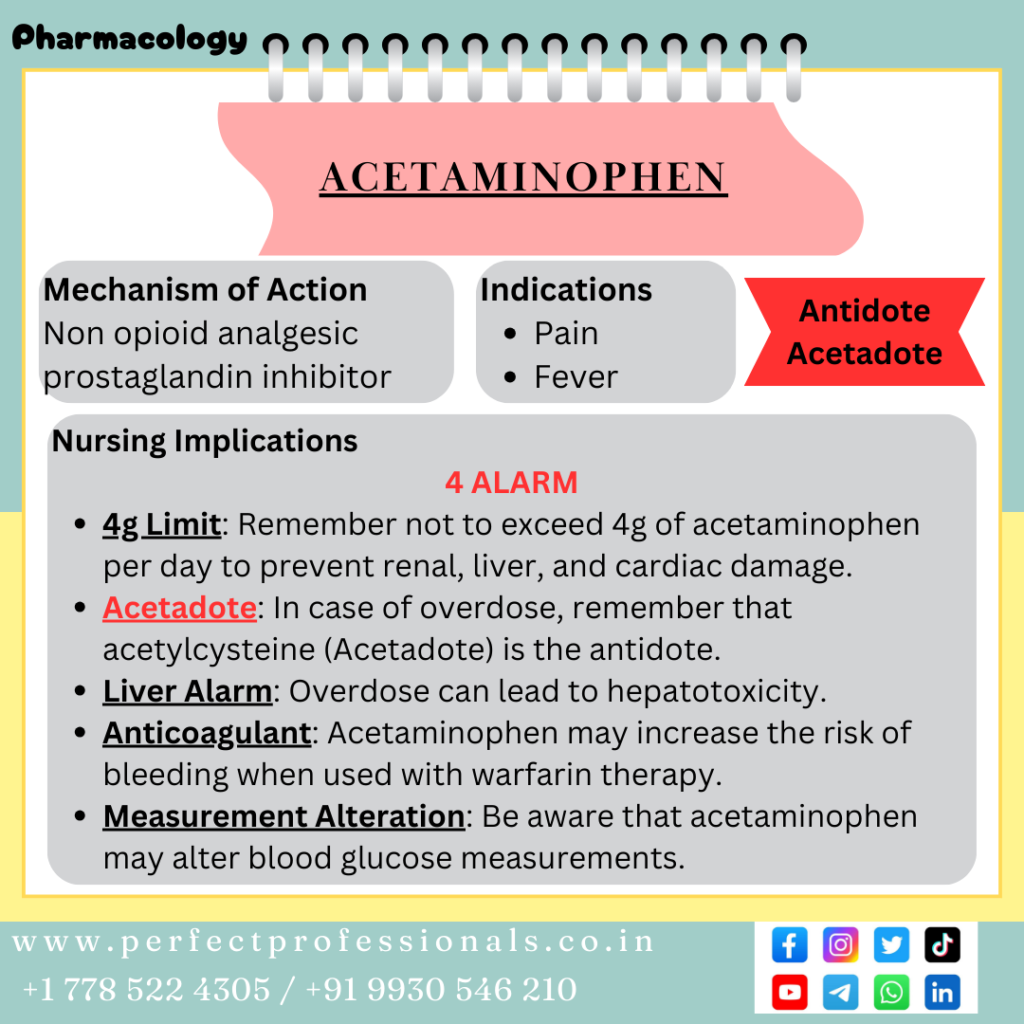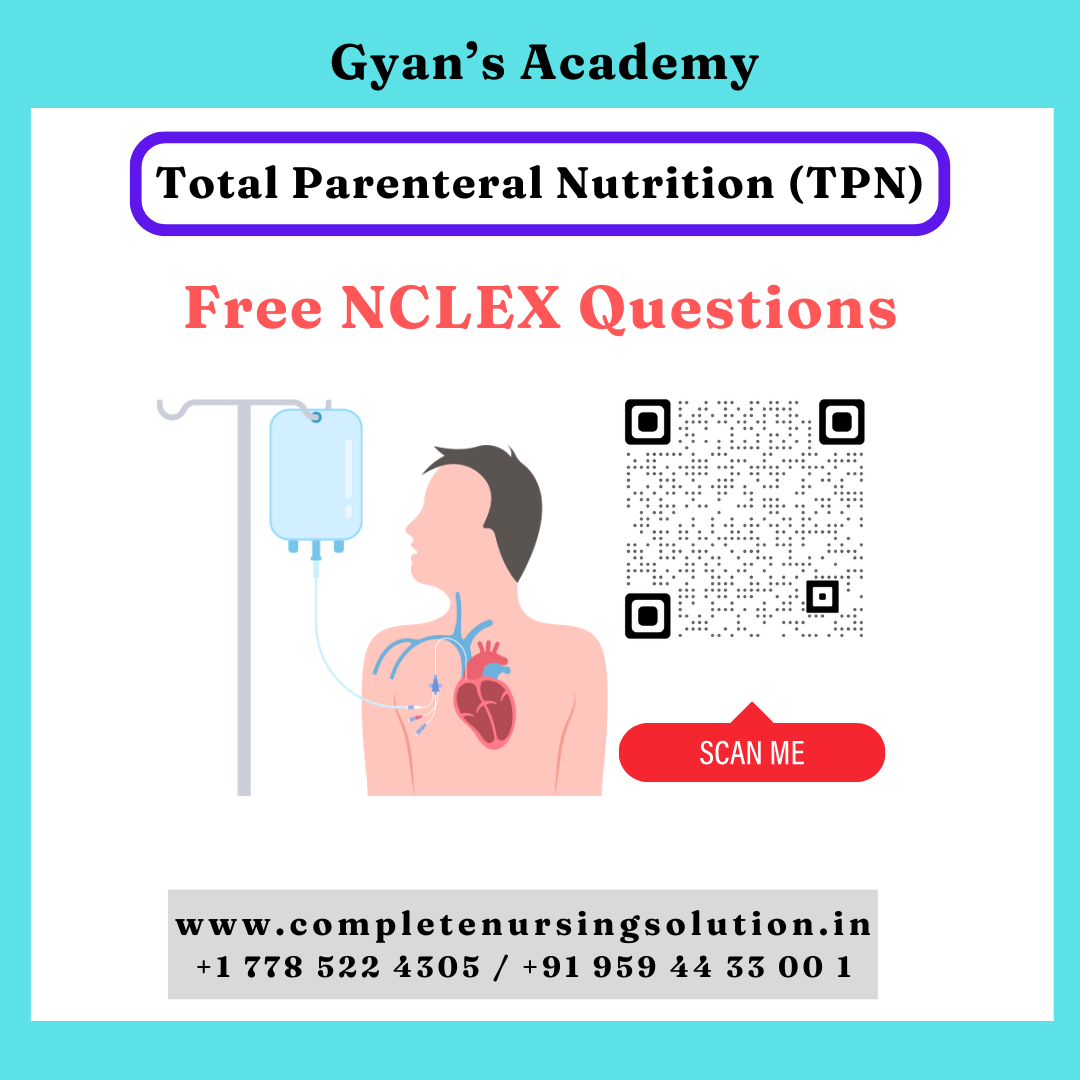NCLEX RN Exam #02
NCLEX RN Exam #1 The NCLEX-RN practice exam is a free resource that you should use before starting your preparation. Make sure you have approximately 5 hours available to complete it.
This practice exam will evaluate your knowledge and help you determine whether you are adequately prepared for the actual NCLEX-RN exam.
NCLEX RN Exam #01

NCLEX RN Exam #1
NCLEX Exam Prep Questions

Check NCLEX Practice Questions with Answers on www.completenursingsolution.in
NCLEX RN Exam #02
Daily NXLEX RN practice questions free of cost
Discover more from Complete Nursing Solution
Subscribe to get the latest posts sent to your email.



Trustworthy regular service, makes busy NYC life manageable. Can’t recommend highly enough. Thanks for everything.
Dry Cleaning in New York city by Sparkly Maid NYC
Thankyou for this post, I am a big fan of this website would like to keep updated.
iwin – nền tảng game bài đổi thưởng uy tín, nơi bạn có thể thử vận may và tận hưởng nhiều tựa game hấp
I like what you guys are up also. Such clever work and reporting! Keep up the superb works guys I have incorporated you guys to my blogroll. I think it will improve the value of my website 🙂
Somebody necessarily help to make severely articles I would state. This is the first time I frequented your website page and up to now? I surprised with the research you made to make this particular put up extraordinary. Great task!
I have been absent for a while, but now I remember why I used to love this website. Thanks, I will try and check back more frequently. How frequently you update your site?
Some really excellent posts on this website, appreciate it for contribution. “He that falls in love with himself will have no rivals.” by Benjamin Franklin.
What¦s Happening i’m new to this, I stumbled upon this I have found It positively useful and it has aided me out loads. I’m hoping to give a contribution & assist different users like its helped me. Good job.